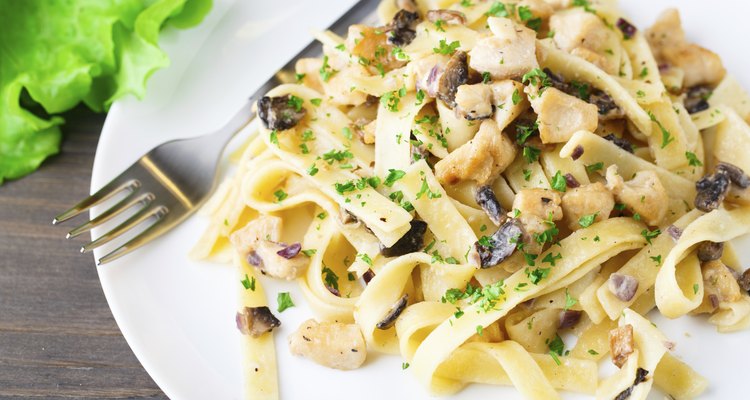
VankaD/iStock/Getty Images
Pasta can be an enjoyable main or side dish. The texture of cooked pasta changes how much you enjoy the meal. A soggy plate-full of noodles does not look or taste the way pasta should. Cook fettuccine noodles al dente for a visually and texturally appealing meal.
Fettuccine
Pasta is available in many different shapes. The amount of grains, flours and liquids and the way in which the ingredients are mixed and shaped change the pasta. Twisty and curvy pasta better holds sauces made with meats. Thick noodles such as lasagna are best for casseroles. Fettuccine noodles are ribbon-like ad thin, about 1/4 inch wide — noodles you cover with sauce, oil or butter.
Al Dente
Al dente is a way to cook pasta. Translated from Italian, the phrase means "to the bite", or "to the taste," "Bon Appetit" magazine explains. Your texture preference for fettuccine noodles is likely different than someone else's, so your version of al dente noodles may be different, too. Al dente noodles should not be too firm or too soft. You are able to bite into the noodles and feel some resistance against your teeth, but not so much that your jaw begins to ache after chewing your pasta dinner.
Cook
Change the amount of water according to the amount of fettuccine noodles you prepare. Use a large, 8-quart pot for 1 lb. of pasta and fill the pot approximately 3/4 full of water. Bring the water to a boil, then add 2 tsp. of salt to the water. Add the fettuccine and stir the noodles in until the noodles are submerged. Place a lid over the pot and expect to cook the noodles for 8 to 10 minutes. Keep watch on the noodles, stirring the pot occasionally. Pull out soft noodles and taste it periodically as you cook. Remove the pasta from the stove when it reaches your desired texture.
Prepare
Drain your noodles in a colander after they reach your desired al dente consistency. "Bon Appetit" recommends tossing the noodles in a tablespoon of oil to prevent the noodles from sticking together. Leave a little of the water in the pot and return your noodles to the pot. The excess water helps mix the sauce with your noodles.
Related Articles

How to Cook Penne Rigate Noodles in the ...

How to Cook Lasagna Noodles Al Dente

How to Cook Luglug Cornstarch Noodles
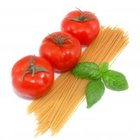
How to Make Spaghetti Noodles

When to Add the Noodles in a Crock Pot ...
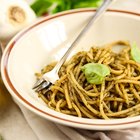
The Calories in 1/2 Cup of Wheat Pasta
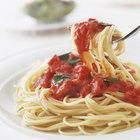
Calories in Pasta With Marinara Sauce
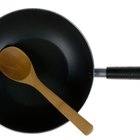
How to Fry Raw Spaghetti
How to Cook Large Amounts of Noodles ...

How to Use a Ravioli Maker

How to Cook Orecchiette

How to Make Homemade Pasta Dough

Can I Pour Hot Water in a Baking Dish ...

Calories in Gluten Free Pasta
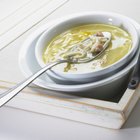
How to Add Noodles to Soup

How to Cook Elbow Macaroni in Milk
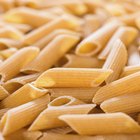
How to Cook Whole Grain Pasta

Calories in Bowtie Pasta
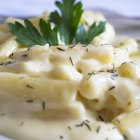
How to Make Mac & Cheese Using Alfredo ...
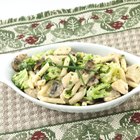
Calories in 1 Cup of Pasta Primavera
References
Writer Bio
A mother of two and passionate fitness presenter, Lisa M. Wolfe had her first fitness article published in 2001. She is the author of six fitness books and holds an Associate of Arts in exercise science from Oakland Community College. When not writing, Wolfe is hula-hooping, kayaking, walking or cycling.
Photo Credits
VankaD/iStock/Getty Images